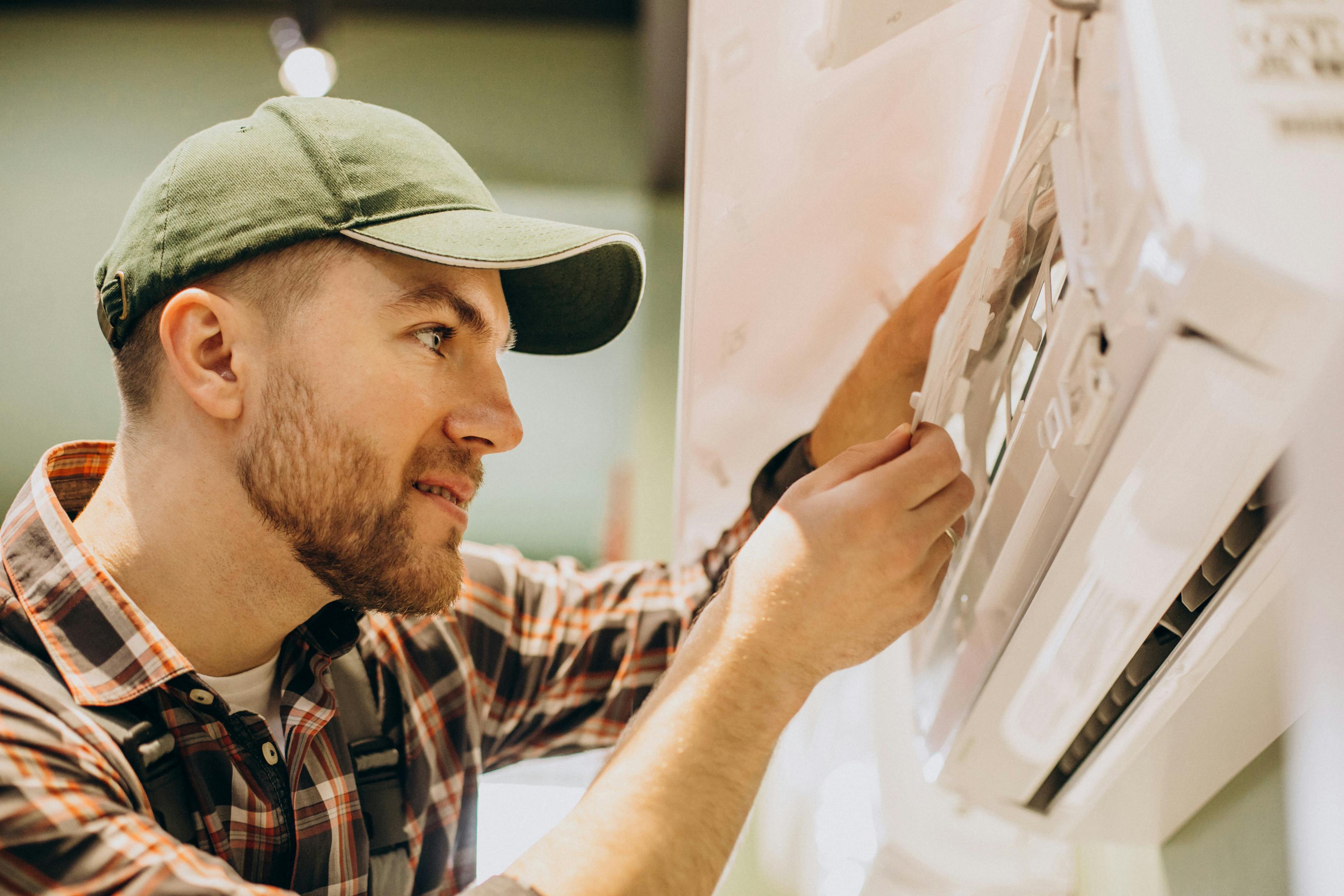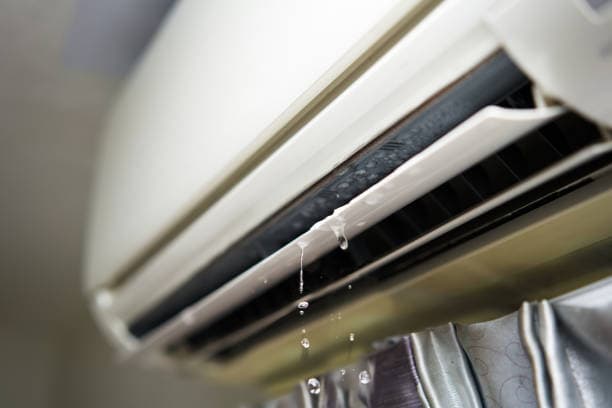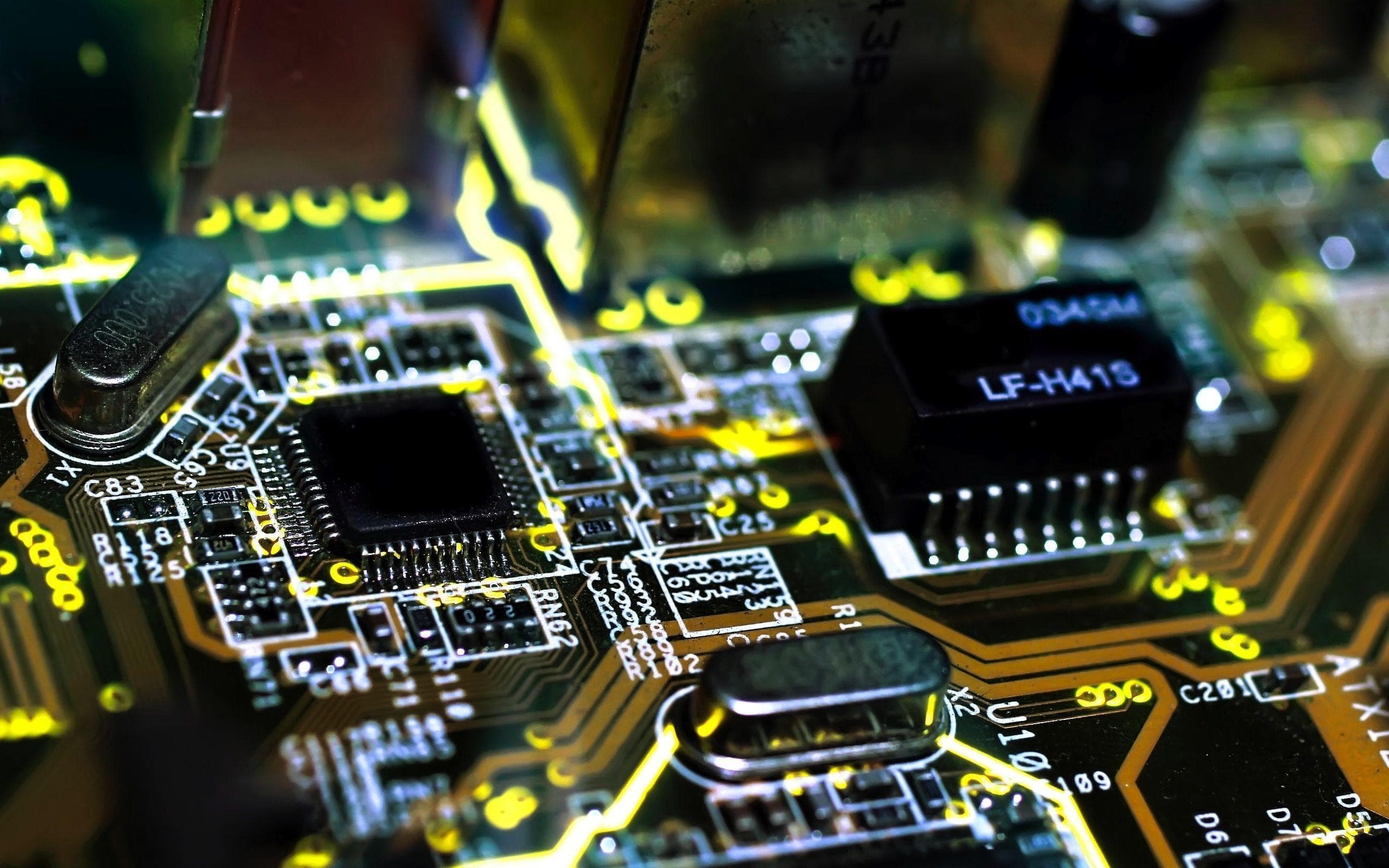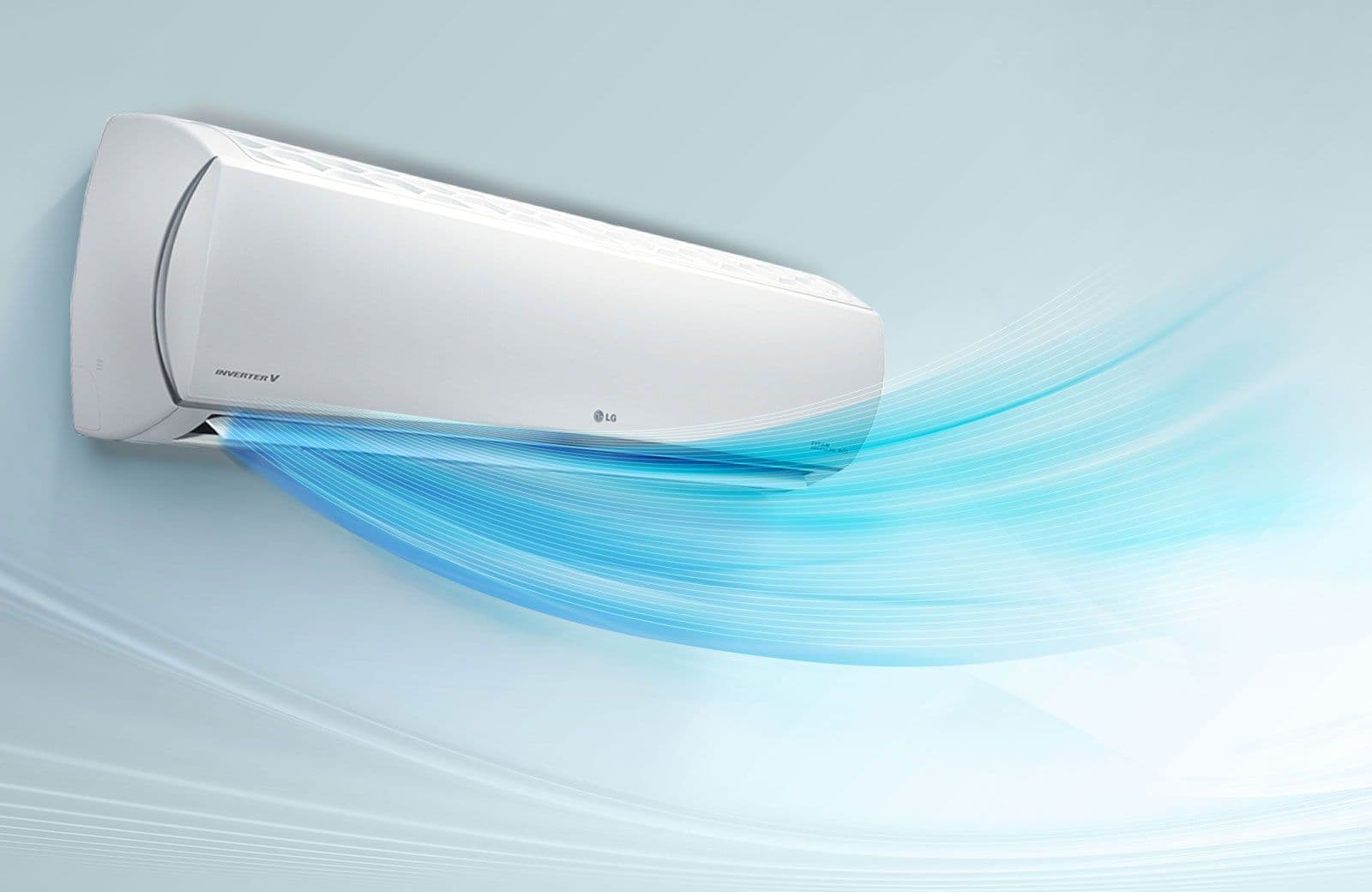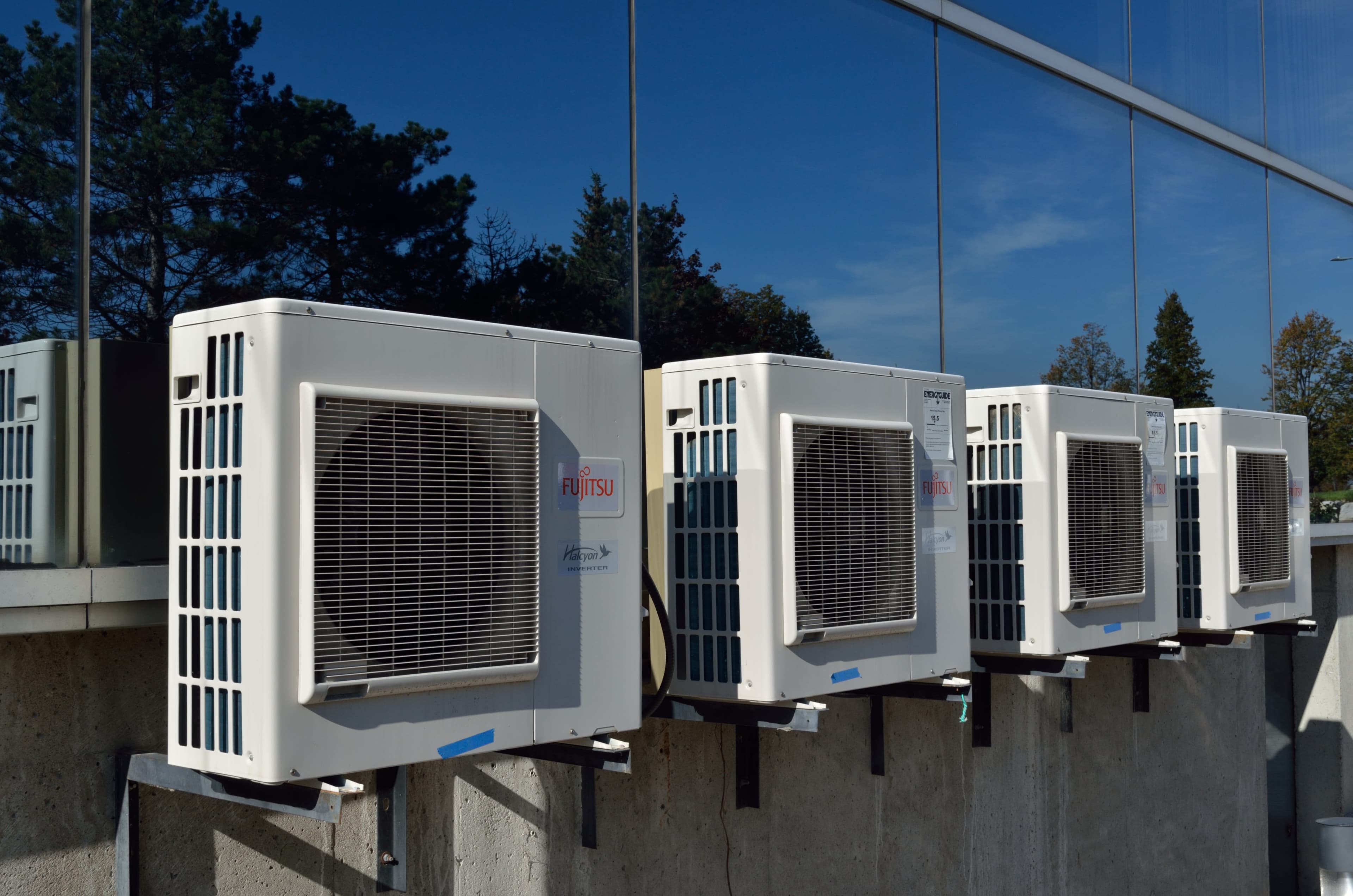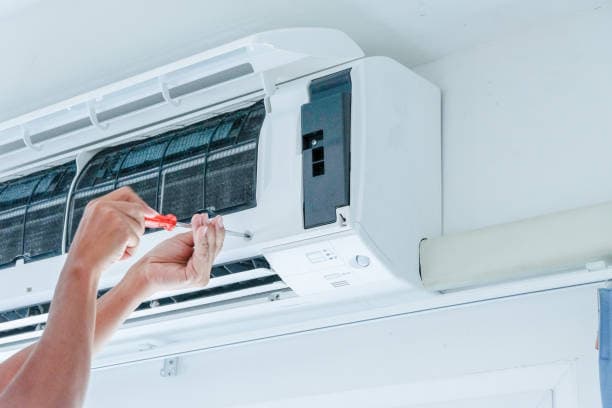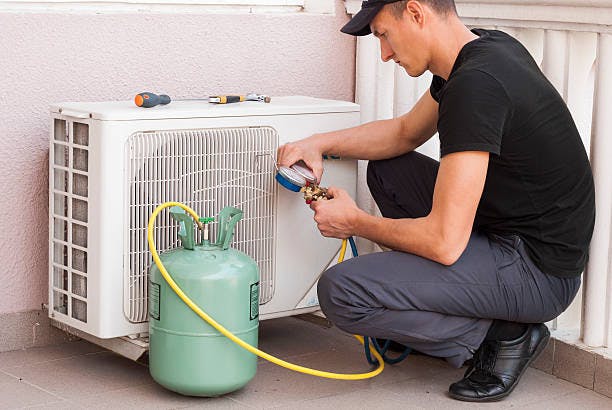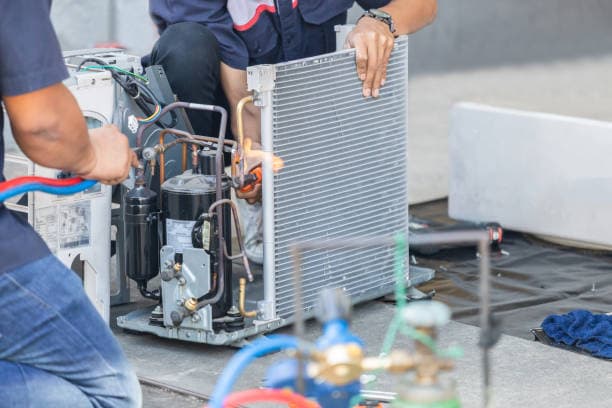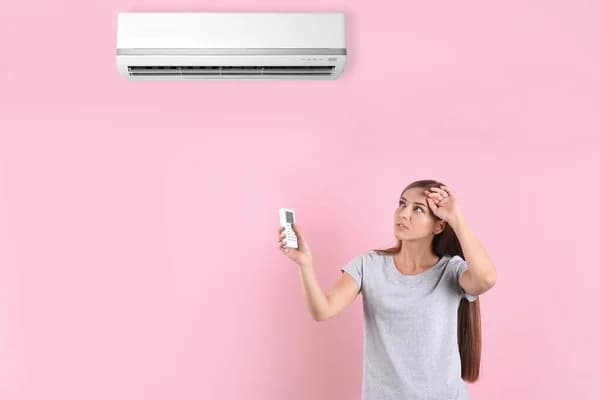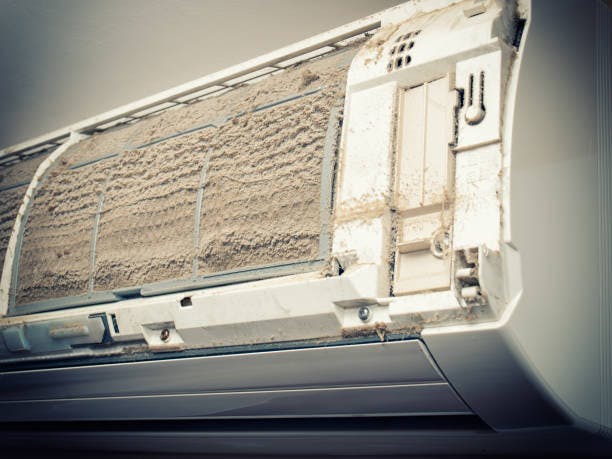Considering the tropical climate of Singapore, air conditioner are play a very important role for a comfortable living. The evaporator coil is a component responsible for cooling and dehumidifying the air.
Table of Contents
Function of the Evaporator Coil
The evaporator coil, located inside the indoor aircon unit, is a critical part of the air conditioning system. Its primary function is to facilitate the heat exchange process, which is essential for cooling and dehumidifying the air in your home. Here’s how it works:
- Cooling the Air: The evaporator coil contains refrigerant, a substance that can change from a liquid to a gas and back again at low temperatures. When warm indoor air is blown over the coil, the refrigerant inside the coil evaporates, absorbing heat from the air in the process.
- Dehumidification: As the air cools, moisture in the air condenses on the coil’s surface, removing humidity from the indoor air.
- Circulation: The now-cooled and dehumidified air is then circulated back into your home, providing a comfortable environment.
Why Clean Your Evaporator Coil?
- Energy Efficiency: A clean coil ensures efficient heat exchange, reducing energy consumption and lowering your utility bills.
- Improved Cooling: A clean coil allows your AC to cool the air more effectively, maintaining a comfortable indoor temperature.
- Air Quality: A dirty coil can harbor mold, mildew, and allergens, compromising your indoor air quality. Regular cleaning helps mitigate these issues.
- Longevity: Cleaning prevents corrosion and damage, extending the lifespan of your evaporator coil and overall HVAC system.
Cleaning the Evaporator Coil
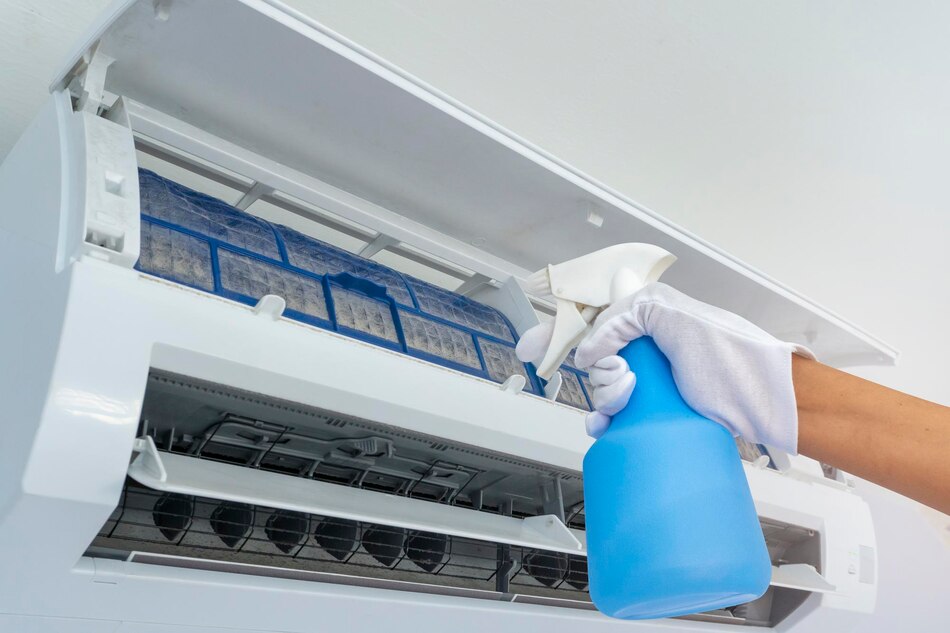
Cleaning your evaporator coil is a task best left to professionals, but here’s an overview of the process:
- Turn Off Power: Ensure the power to your HVAC system is switched off to prevent accidents.
- Access the Coil: An HVAC technician will access the coil either through the air handler or furnace.
- Cleaning Solution: A specialized coil cleaning solution is used to dissolve dirt, debris, and contaminants on the coil’s surface.
- Rinse and Dry: The coil is then rinsed thoroughly with clean water and allowed to dry completely.
- Reassemble and Test: After cleaning, the technician reassembles the unit and tests it to ensure it’s working correctly.
Common Evaporator Coil Problems
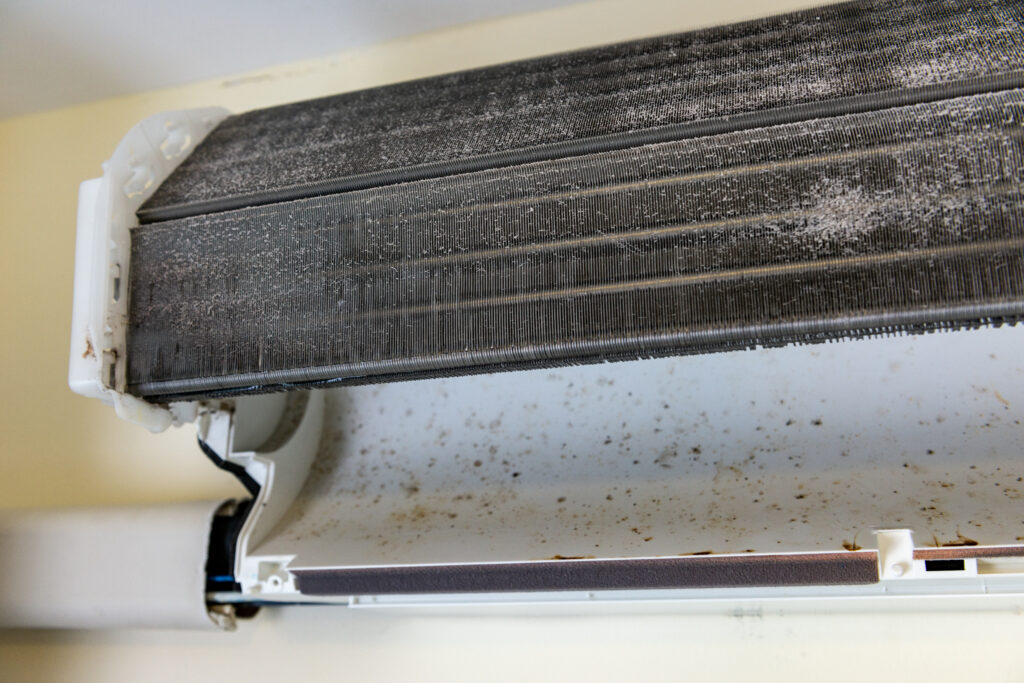
Despite its essential role, evaporator coils can encounter various issues over time. Here are some common problems to watch out for:
- Freezing: If the evaporator coil becomes too cold, it can freeze. This often happens due to restricted airflow or low refrigerant levels. A frozen coil can lead to reduced cooling efficiency and potentially damage the compressor.
- Corrosion: Over the years, the evaporator coil may develop corrosion due to exposure to moisture. Corrosion can cause refrigerant leaks, reducing the system’s efficiency.
- Dirt and Debris: Dust and dirt can accumulate on the coil’s surface, inhibiting heat exchange. This can lead to reduced cooling capacity and increased energy consumption.
- Refrigerant Leaks: Leaks in the coil can lead to a drop in refrigerant levels, resulting in decreased cooling performance and potentially damaging other components.
- Mold and Mildew: Moisture on the coil can create an environment conducive to mold and mildew growth. This can affect indoor air quality and lead to health issues.
Repairing and Replacing Evaporator Coils
When you encounter problems with your evaporator coil, it’s essential to address them promptly. Here’s what you can expect in terms of repair and replacement costs:
- Cleaning and Maintenance: Routine maintenance, including coil cleaning, can cost anywhere from $75 to $200. This is a preventive measure to keep your coil in good condition.
- Refrigerant Leak Repair: Repairing a refrigerant leak can cost between $200 and $1,500, depending on the size and location of the leak.
- Coil Replacement: If your evaporator coil is severely damaged or corroded, replacement may be necessary. The cost of a new coil, including labor, can range from $800 to $2,500, with factors like coil size and accessibility affecting the price.
- System Replacement: In some cases, it may be more cost-effective to replace the entire air conditioning system, especially if the coil and other components are old and inefficient. This can cost anywhere from $3,000 to $7,000 or more, depending on the system’s size and efficiency.
| Understanding the function, common problems, and associated repair and replacement costs of your air conditioning evaporator coil is crucial for maintaining a comfortable indoor environment. Regular maintenance and addressing issues promptly can extend the life of your system and ensure it operates efficiently for years to come. |

